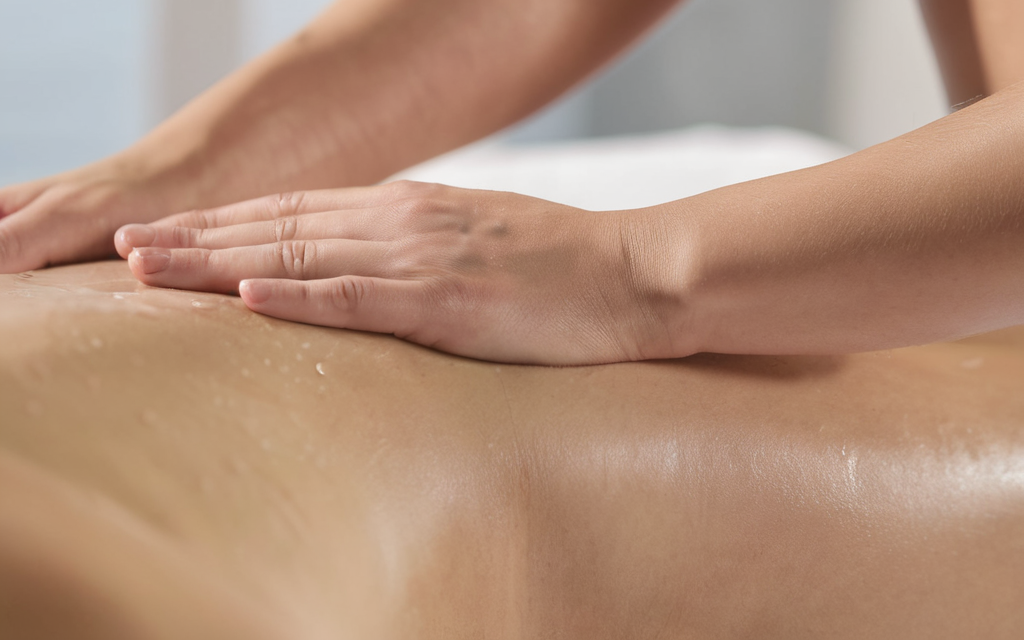
Learning how to massage can be a rewarding and therapeutic skill, offering both physical benefits to others and a sense of accomplishment for the practitioner. The first step is to familiarize yourself with the basic principles of massage, which include understanding body mechanics, pressure, and stroke techniques. To start, it’s important to learn about the muscles and the structure of the body so you can target areas that need relief and avoid causing any harm. Basic strokes such as effleurage (long, gliding strokes), petrissage (kneading), friction, and tapotement (tapping) are foundational techniques that massage therapists use, each serving a unique purpose, from relaxation to muscle relief.
Next, practice is key to improving your technique. Begin by practicing on yourself or with friends and family, paying attention to your hand positioning and pressure. Start with gentle strokes to avoid applying too much force, especially on sensitive areas. Be mindful of the client’s comfort and always ask for feedback on pressure and technique. As you practice, focus on maintaining a steady rhythm and using your whole body, not just your hands, to apply pressure, as this will help reduce fatigue and improve control over your movements.
Taking a formal course in massage therapy can greatly enhance your understanding of anatomy, technique, and safety practices. Many community colleges, wellness centers, and even online platforms offer accredited massage therapy programs that provide hands-on training, anatomy lessons, and certifications. These programs often cover deeper knowledge, including contraindications (situations where massage may not be appropriate) and specialized techniques like deep tissue or sports massage. Certifications are often required if you intend to practice professionally, as they ensure you understand both the art and science of massage.
Lastly, always prioritize client safety and comfort. Hygiene is essential, so ensure your hands and tools are clean before each session, and create a relaxing environment that fosters trust and relaxation. Over time, as you refine your skills and gain more experience, you can experiment with different styles of massage and develop your unique approach. Whether you aim to use massage to help others relax, relieve pain, or improve flexibility, learning this skill can be deeply fulfilling, offering both personal growth and a meaningful way to connect with others.
When you purchase through links on our site, we may earn an affiliate commission.